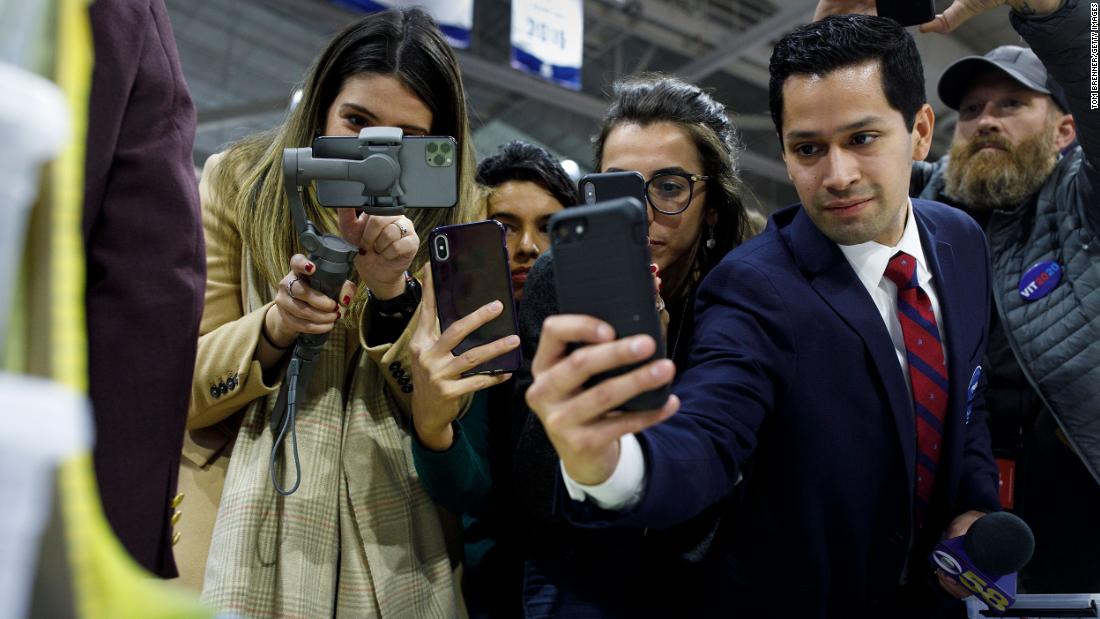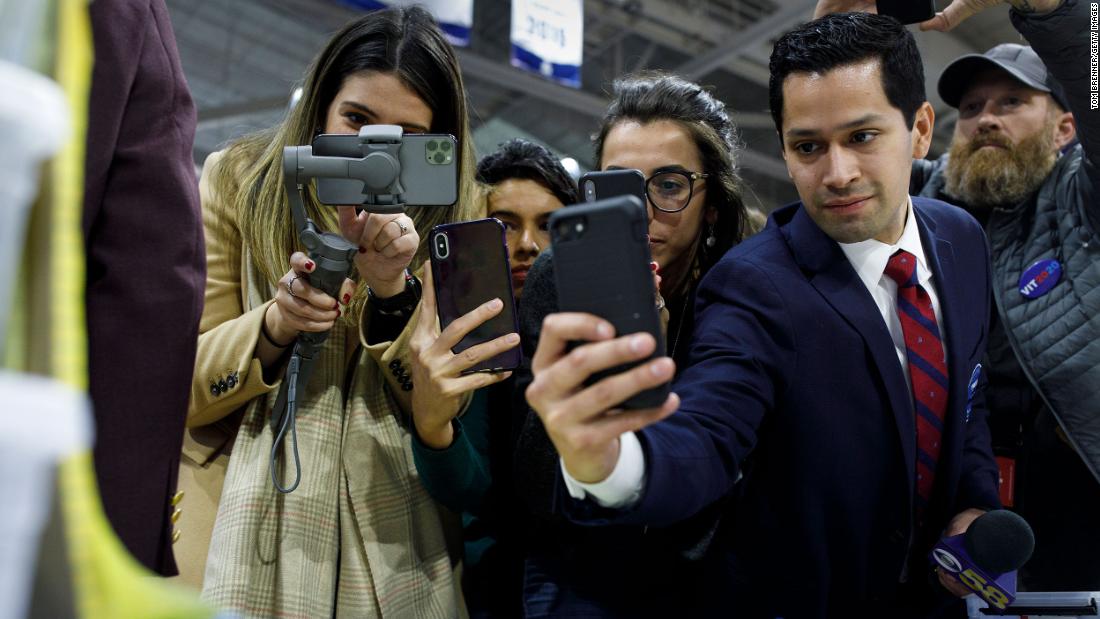[ad_1]

We actually know quite a bit — thanks to an entrance poll conducted by a consortium (great word!) of networks. An entrance poll is exactly what it sounds like: People are asked a series of questions about the candidates and issues on their way into the caucuses. Now, obviously they can change their mind once in there, but history has shown that the entrance poll (like the exit poll conducted in primaries) provides a useful snapshot of who voted and why.
Given that — and the lack of actual votes cast in the caucuses — I went through the entrance poll to look for insight into the current state of the Democratic Party and where it’s headed. They’re below.
3. New caucus-goers? Not so much: In 2008, almost 6 in 10 (57%) of caucus-goers were participating in their first-ever Iowa caucus. That was a massive boon for then-Sen. Barack Obama, who had worked to expand the caucus electorate, and won first-timers by double digits over Hillary Clinton. In 2016 — the next contested Democratic caucus — first-timers made up 44% of all caucusgoers, with Bernie Sanders dominating Clinton among that group. On Monday night, just more than 1 in 3 were participating in their first-ever caucus. Could that be because they got involved in 2008 or 2016 and just stayed involved? Maybe! But it also could be a sign that the supposed energy coursing through the electorate to remove Trump isn’t all it’s cracked up to be.
4. Electability is the name of the game: More than 6 in 10 Iowa caucusgoers said they would rather nominate a “candidate who can beat Donald Trump” as opposed to pick someone who agrees with them on most issues. Compare that to just 20% who said in 2016 that a “candidate who can win in November” was the most important trait in making up their minds. Call that the Trump effect. In 2016, Democrats voting in Iowa had no sense that Trump a) would be the Republican nominee b) would win the White House and c) would be the sort of President he has been. Armed with all that knowledge now, beating Trump appears — at least in Iowa — to take precedence over literally everything else.
[ad_2]
Source link

